
Diğer Gezi Planları
Route
Tag 104.08.2024Sonntag
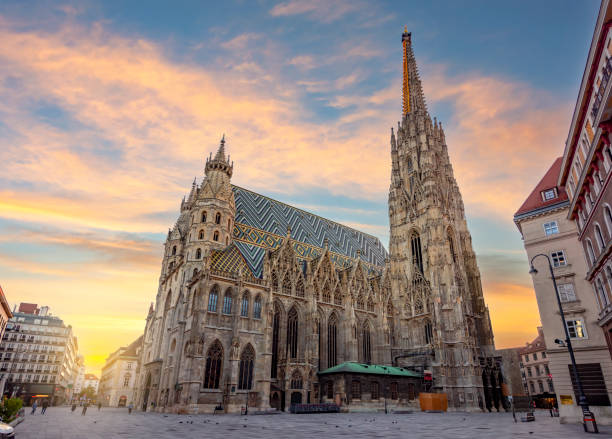
St. Stephen's Cathedral
St. Stephen's Cathedral is the symbol of Vienna. Construction commenced in the 12th century. Today, it is one of the most important Gothic structures in Austria. A visit to St. Stephen's Cathedral is a must for every visitor to Vienna. The current Romanesque and Gothic form of the cathedral, seen today in the Stephansplatz, was largely initiated by Duke Rudolf IV and stands on the ruins of two earlier churches, the first a parish church consecrated in 1147. The most important religious building in Vienna, St. Stephen's Cathedral has borne witness to many important events in Habsburg and Austrian history and has, with its multi-coloured tile roof, become one of the city's most recognizable symbols.

Naturhistorisches Museum
Best known for its huge Dinosaur Hall and for the world's largest exhibit of meteorites. Vienna's Natural History Museum is a fascinating place to visit. Its 39 exhibit halls trace such subjects as the origins and development of humans and the evolution of human culture from prehistoric times.
2 Setzt
Tag 205.08.2024Montag
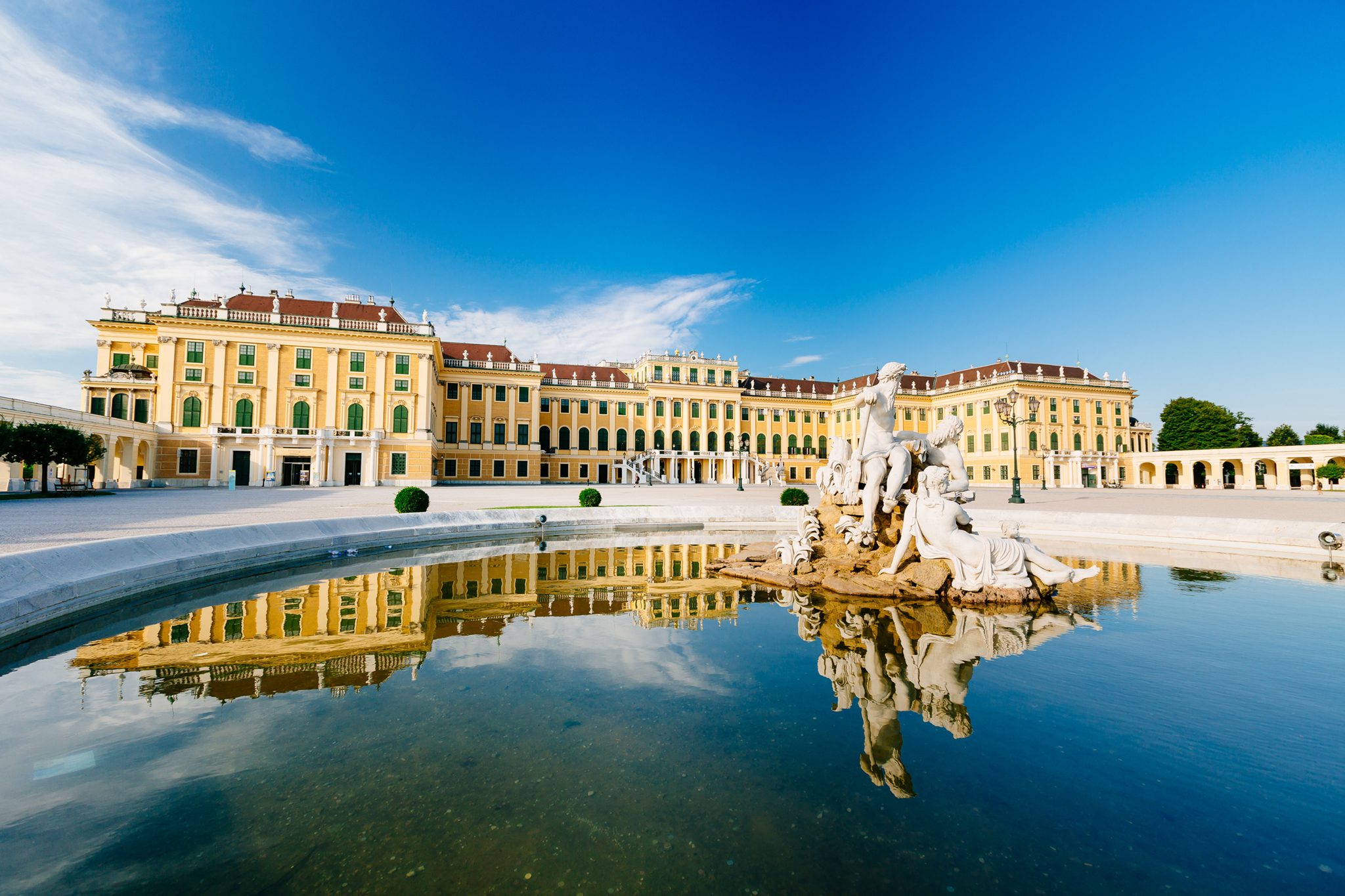
Schönbrunn Palace
The former summer residence of the Habsburgs impresses with imperial ceremonial rooms, magnificent gardens, and a lavish virtual reality experience. Maria Theresa, Emperor Franz Joseph, Empress Elisabeth and others once resided at Schönbrunn Palace.We recommend that you buy the Vienna Pass to visit the most beautiful palace in Austria. Vienna Pass will be enough for many places to visit in Vienna. Schönbrunn Palace is one of Europe's most beautiful Baroque complexes and has been in the possession of the Habsburgs since 1569. The wife of Emperor Ferdinand II, Eleonore von Gonzaga, had a pleasure palace built on the site in 1642 and called the property "Schönbrunn" for the first time. The palace and garden complex created from 1696 onwards following the siege of Vienna was complete redesigned under Maria Theresa after 1743. Today, due to its historical significance, its unique layout and magnificent furnishings, the palace is a UNESCO World Heritage site.
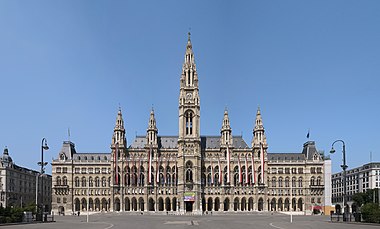
Vienna City Hall
Located in the heart of historic Innere Stadt. Vienna's City Hall is an impressive Neo-Gothic building that serves as the city's administrative center. Remarkable for its size, it occupies nearly 14,000 square meters of the former Parade Ground.
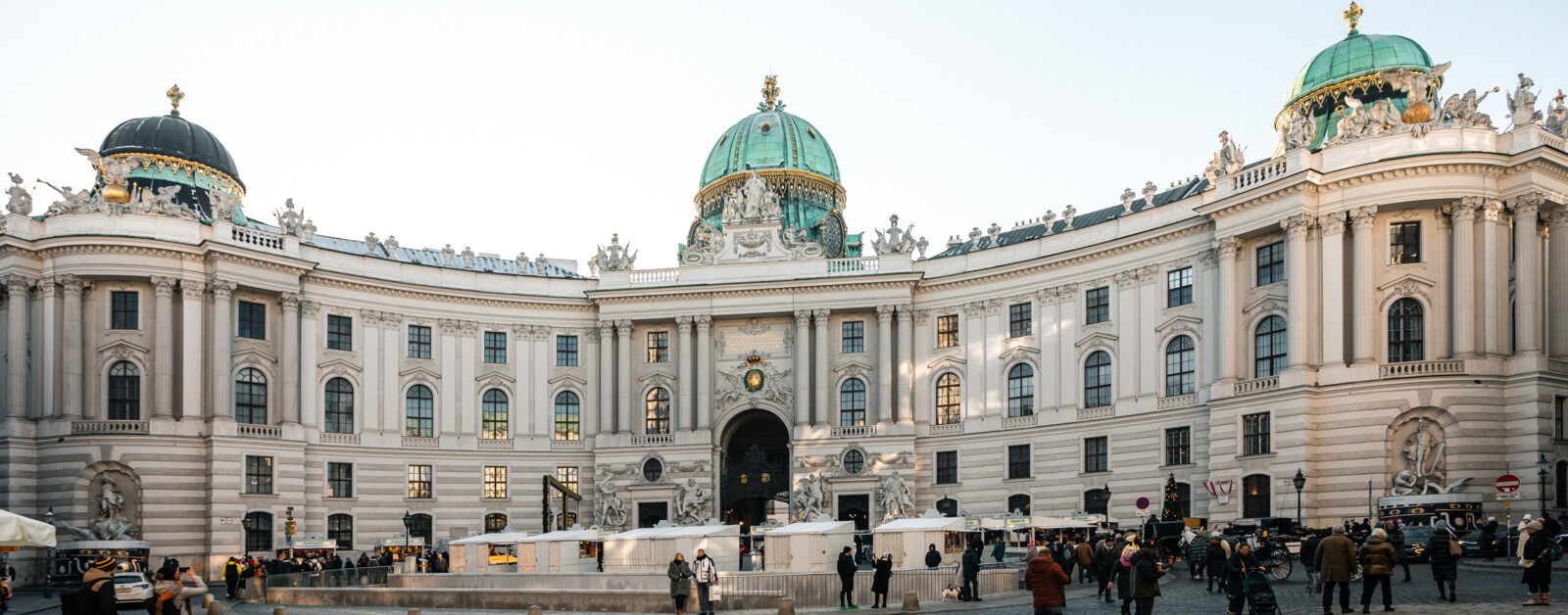
Hofburg
Vienna's Imperial Palace is one of the biggest palace complexes in the world. The oldest parts date back to the 13th century. For more than seven centuries, the Habsburg empire was ruled from the Hofburg Imperial Palace. Today, the Gothic Imperial Chapel, where the Vienna Boys’ Choir performs during High Mass on Sunday, is a remnant of the Imperial Palace during the Middle Ages. In the middle of the city center, you can marvel at the splendor and magnificence that made up the everyday life of the former imperial family on a visit of the private chambers and staterooms. Numerous museums and collections represent the imperial family’s passion for art. The Imperial Palace, which until 1918 was inhabited by the imperial family, was originally a castle built in the thirteenth century, which was extended to a splendid residence in accordance with the increasing power of the Habsburgs and the expansion of their realm. Today, the Imperial Palace houses the office of the Federal President as well as an important congress center and numerous art collections.
_daniel_zupanc_hero_wide_1374.jpg)
Vienna Zoo
All the great names in modern art are represented, often by multiple works, in the magnificent Albertina museum. Representative examples from all the various schools and movements are to be found here, including French impressionists, Vienna secessionists, the Russian avant-garde, the expressionists, and fauvists, represented by their greatest artists. These include important works by the likes of Chagall, Picasso, Cezanne, Degas, Magritte, Vlaminck, Modigliani, Klimt, Munch, Kandinsky, Münter, Miró, Brach, and Ernst - all are here to compare and admire.

Mozart Concert at the Golden Hall
See a concert at one of Vienna’s finest concert halls and listen to magical works by Mozart and Strauss. Performed by the Vienna Mozart Orchestra in period costumes, venues include the landmark Golden Hall of the Musikverein.
5 Setzt
Tag 306.08.2024Dienstag
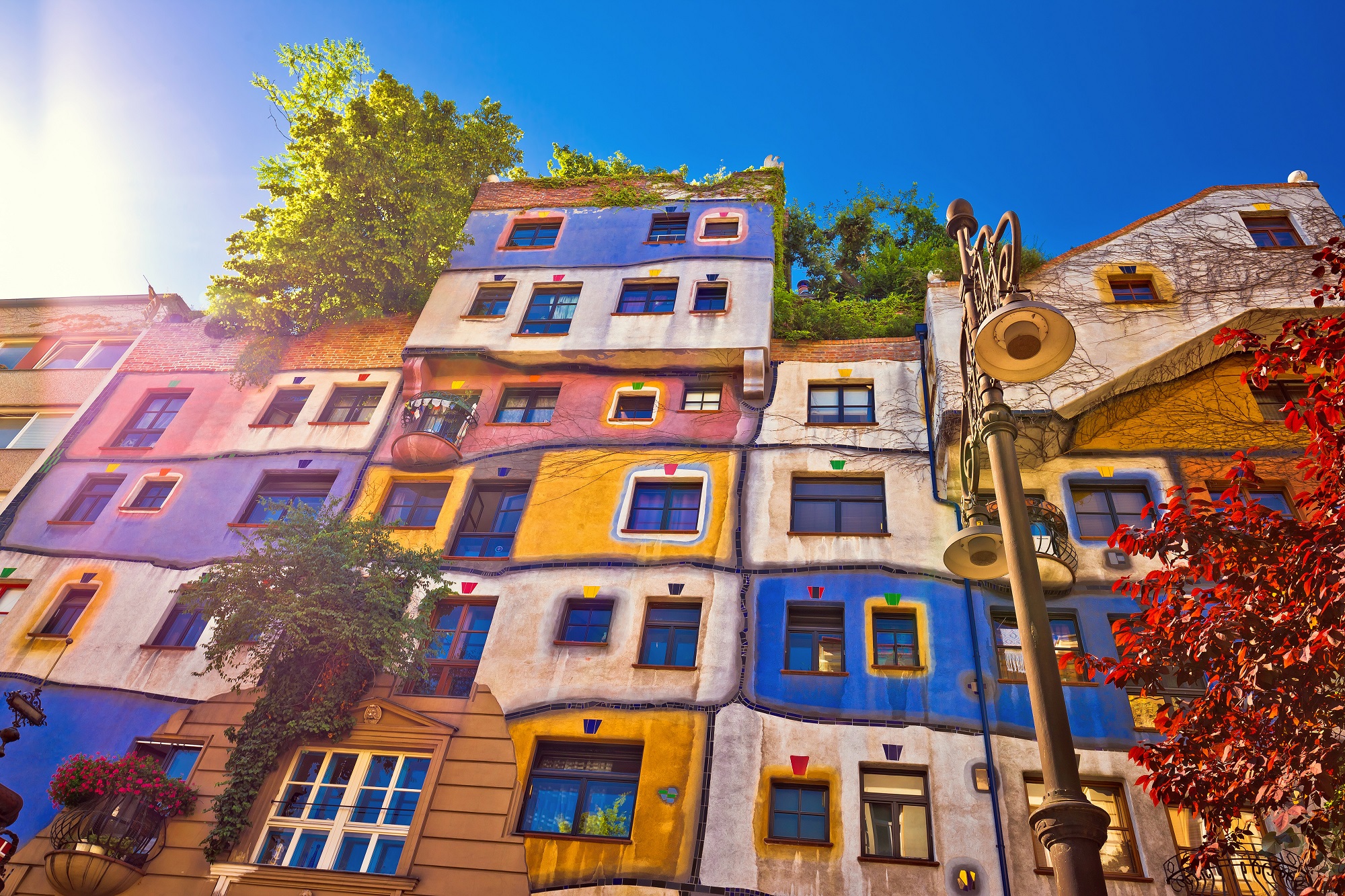
Hundertwasserhaus
Famous as Vienna's "nature and human-friendly" apartment block. Designed by painter Friedensreich Hundertwasser, this brightly colored landmark on the corner of Löwengasse and Kegelstrasse was completed in 1985, and the occupants of its 53 units-perhaps unsurprisingly-consist mostly of artists, intellectuals, and creative types, much like the architect himself.
House of Music
The Haus der Musik in Vienna opened in 2000, and is the first museum of sound and music in Austria. Across an exhibition space of 54,000 sq. ft., a range of hi-tech interactive and multimedia presentations introduce the world of music, from the earliest human use of instruments to the music of the present day.
Belvedere
The Belvedere is not only a magnificent Baroque palace but also houses one of Austria's most valuable art collections – with key works by Gustav Klimt, Egon Schiele and Oskar Kokoschka. Strolling in the garden of Belvedere Palas and experiencing peaceful moments is completely free, but the art exhibition inside is definitely worth seeing by any tourist. Here you can see and discover many works of art that you do not know the name of but have seen before. We definitely recommend you to do this activity with a very affordable price. This baroque architectural jewel consists of two palaces (Upper and Lower Belvedere), which today house Austrian art from the Middle Ages to the present day. The heart of the Belvedere collection is formed by the 24 paintings of Gustav Klimt with his golden images "The Kiss" and "Judith". Klimt's "The Kiss" in particular is world-famous. The 180 x 180 cm painting was created in 1908/09 and shows Klimt and his muse Emilie Flöge as a couple in love. "The Kiss" is probably Austria's most famous work of art. Klimt's portraits of women also impress and be marveled at in the Upper Belvedere. While the Upper Belvedere was all about representation, the Lower Belvedere acted as the residential palace of Prince Eugene. The lavish splendor of the owner is reflected in the Groteskensaal (Hall of the Grotesque), the Marble Gallery and the Golden Room. Special exhibitions are held in the Lower Belvedere and the Orangery. Nowadays, medieval art can be marveled at in the sables where the prince's horses once stood.

Prater
An amusement park for many, place of nostalgic dreams for some, oasis of greenery for almost everyone – and the location of the Giant Ferris Wheel, one of Vienna’s most famous symbols. Welcome to the Vienna Prater. The Giant Ferris Wheel is the most famous vehicle, here and You should definitely have fun in this vehicle. In the afternoons and evenings, there is usually a lot of queue, we recommend that you be prepared to wait, or you can skip the queue by purchasing your ticket online. What would Vienna be without its Prater and what would the Prater be without its Giant Ferris Wheel? Probably like a visit to Vienna without a ride on the Giant Ferris Wheel: Half as nice as it could be. Vienna’s famous Volksprater lies in the heart of the city in the district of Leopoldstadt and offers visitors the Giant Ferris Wheel erected in 1897 as well as many attractions such as carousels, halls of mirrors and laughter, ghost trains and rollercoasters, or the little Liliputbahn, on which visitors can enjoy a tour of the amusement park. The Wurstelprater – as the park is still lovingly referred to by the Viennese – also has something to offer on the culinary front. A must for culinary globetrotters: The famous Vienna Schweinstelze (knuckle of pork) and the Lángos - a leavened dough specialty of Hungarian cuisine, which is brushed with lots of garlic water and eaten on the go.
4 Setzt
